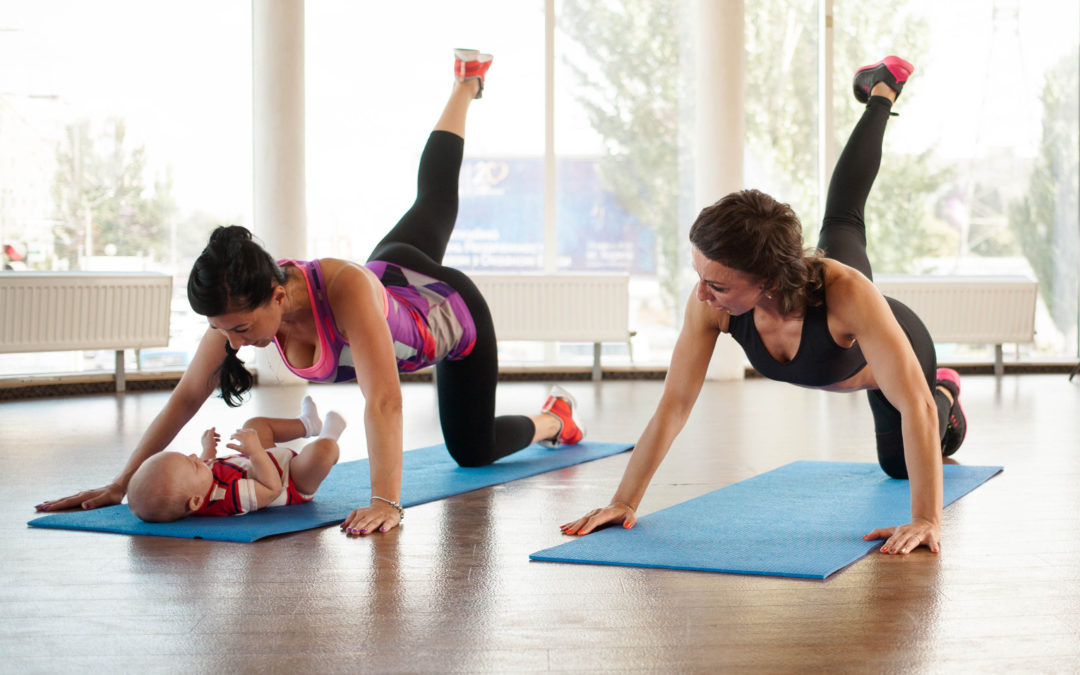This is to all the postnatal/postpartum ladies, or those ladies who are new to fitness (exercising) after giving birth. You have grown a human and birthed them into the world. This is proof that your body is an amazing machine. Getting back to moving your body though can seem like an impossible task – there’s lots of conflicting information out there. We are experts in postnatal rehabilitation and can give you good and safe advice for both you and your baby … contact us for a postnatal/postpartum talk.
The postnatal period can be quite a daunting time for some new mommies. The notion of bouncing back to your pre-pregnancy body immediately after giving birth is neither realistic nor recommended. Instead, taking a balanced approach to weight loss over several months will optimise a woman’s future health outcomes. It is important to be healthy, strong and have sound mental health.
Ready or not
The internationally recommended standard procedure is to offer a postnatal check between six to eight weeks after the birth, during which your blood pressure and how you have healed is discussed by your health care provider. It is usually safe to start gently if you had a healthy pregnancy and if you had a straightforward vaginal delivery. Start with walking and eliminate any heavy lifting. Concentrate on your pelvic floor, do your pelvic floor exercise as advised by your physiotherapist.
There is not a one size fits all to pelvic floor exercises.
Your pelvic floor muscles help to hold the baby up during pregnancy. This can cause the pelvic floor to get stretch or weaken. The most obvious sign is urine leakage which is common in both C-section and vaginal deliveries. It is best to seek the help of a women’s health physiotherapist for the education, advice and management of a healthy pelvic floor.
You will also have experienced the separation of your abdominal muscles; this is referred to as diastasis recti abdominus. This happens when your growing baby “pushes” the muscles in your abdomen apart, making them both longer and weaker. Avoid any strenuous abdominal exercise so as not to aggravate the separation any further. This can also be checked and treated by your women’s health physiotherapist.

